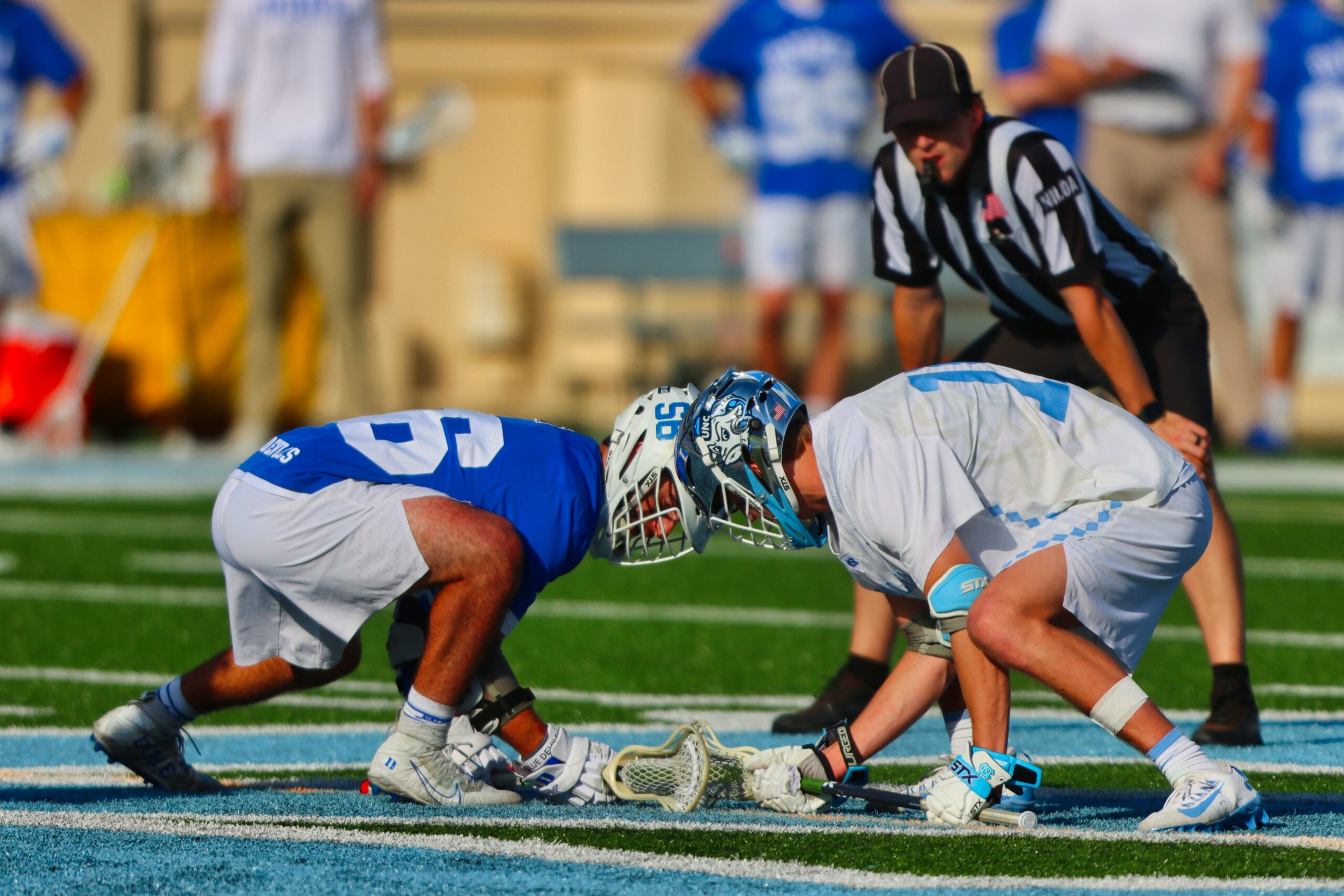The faceoff is the heartbeat of lacrosse. Every goal starts with possession, and faceoffs give teams the chance to control that possession from the very beginning of each play. In youth lacrosse, winning faceoffs can completely change the momentum of a game and give teams crucial extra possessions that lead to scoring opportunities.
Many young players struggle with faceoff consistency, timing, and proper body positioning. The X can seem intimidating when you’re first learning, with so many moving parts happening in just a few seconds. However, faceoffs don’t have to be overwhelming when broken down into simple, fundamental techniques.
This guide breaks down essential lacrosse faceoff techniques specifically for young athletes. We’ll focus on building the foundation skills, proper mechanics, and practice routines that help youth players develop confidence and success at the faceoff X. With the right approach, any young player can become a reliable faceoff specialist.
The Role of the Faceoff in Youth Lacrosse
Possession is everything in youth lacrosse games. Teams that control the ball more often have more opportunities to score and fewer chances for opponents to attack their goal. Faceoffs provide the most direct way to gain possession, making them crucial for team success.
In youth lacrosse, faceoff expectations should focus on fundamentals rather than advanced techniques. Young players don’t need to master every possible move or counter-move. Instead, they should concentrate on consistent stance, quick reactions, and smart ball control. A player who wins 60% of their faceoffs with solid technique is far more valuable than someone who tries fancy moves but lacks consistency.
Stance and Setup Fundamentals
Proper stance forms the foundation of successful faceoffs. Getting into the right position before the whistle gives players the best chance to react quickly and maintain control throughout the play.
Feet positioning should prioritize balance and quick reaction ability. Place feet slightly wider than shoulder-width apart with knees bent in an athletic stance. The foot opposite your strong hand should be slightly forward, creating a stable base that allows for explosive movement in any direction.
Hand placement on the stick is crucial for control and leverage. Your top hand should grip the stick near the throat, while your bottom hand controls the butt end. Keep hands relaxed but firm – gripping too tightly creates tension that slows reaction time. The top hand provides precision and control, while the bottom hand generates power and leverage.
Head positioning requires staying low and stable with your head over the ball. This low position provides better leverage and keeps you balanced throughout the faceoff motion. Keep your eyes focused on the ball and stay ready to explode forward at the whistle.
Common beginner mistakes include standing too tall, which reduces leverage and reaction speed, and gripping the stick too tightly, which creates tension and slower hand movement. Young players also tend to look around instead of focusing on the ball, leading to slower reactions when the whistle blows.
The Clamp and Quickness at the Whistle
The clamp move serves as the foundation of most successful faceoffs. This technique involves quickly pressing your stick head down over the ball to gain initial control, then working to direct it toward your teammates.
Breaking down the clamp starts with the setup position. Place your stick head directly over the ball with the plastic touching the ground. When the whistle blows, immediately press down and forward, using your top hand to guide the stick head over the ball while your bottom hand provides leverage.
Reaction drills help improve speed at the whistle. Practice explosive movements from the setup position without a ball, focusing on the quick downward and forward motion. Have coaches call “set” and then blow the whistle at random intervals to simulate game timing.
Youth players should practice the clamp safely without overcommitting their body position. The goal is controlled aggression – quick and decisive, but balanced enough to react if the initial move doesn’t work perfectly. Falling over or lunging too far forward leaves players vulnerable to counter-moves.
Timing matters more than raw strength in youth faceoffs. A player who reacts quickly with proper technique will consistently beat stronger players who are slow off the whistle. Focus on developing quick, controlled reactions rather than trying to overpower opponents.
Counter Moves and Adjustments
Even the best faceoff players lose the initial clamp sometimes. Having counter moves and exit strategies separates good faceoff specialists from average ones.
When you lose the initial clamp, stay calm and look for opportunities to regain control. Popping the ball out involves using your stick to lift the ball up and away from your opponent’s control, giving your teammates a chance to scoop it up. This move requires good stick work and timing.
Raking means using your stick to pull or push the ball in a specific direction, usually toward your teammates. This technique works well when you can’t gain clean control but can still influence where the ball goes. Practice raking in different directions to give your team the best positioning advantage.
Directing to teammates is often the smartest option when you can’t gain full control. Instead of fighting for individual possession, focus on getting the ball to an area where your teammates have the advantage. This team-first approach often leads to better possession results.
Learning to read opponents takes time and experience. Pay attention to their tendencies – do they always go for the same move? Do they favor one side? Young players should start developing this awareness early, as it becomes crucial at higher levels.
Encourage creativity within youth lacrosse rules. While fundamentals come first, players should feel free to experiment with different approaches as they become more comfortable with basic techniques.
Practice Routines for Youth Faceoff Development
Consistent practice routines accelerate faceoff skill development. The key is focusing on quality repetitions rather than just quantity.
Partner drills provide the most realistic practice experience. Work with teammates to practice different scenarios – winning the clamp, losing it, and various counter situations. Start slowly to focus on technique, then gradually increase the intensity as skills improve.
Solo drills build the foundation skills that support faceoff success. Practice hand quickness exercises, stick control drills, and reaction training. Work on explosive starts from the setup position, focusing on proper form and consistent timing.
Conditioning and strength exercises should support the explosive movements needed for faceoffs. Quick sprints, agility ladder work, and core strengthening all contribute to better faceoff performance. However, technique should always come before strength training for youth players.
Building consistency requires short, focused practice sessions rather than long, exhausting workouts. Fifteen to twenty minutes of quality faceoff work is more valuable than an hour of unfocused repetitions. Keep sessions engaging with variety and clear goals.
Track progress by measuring success rates in practice. Set realistic goals like winning 6 out of 10 practice faceoffs, then gradually raise expectations as skills improve.
Conclusion
Faceoffs in youth lacrosse success comes from mastering fundamentals, developing quick reactions, and learning to adapt to different opponents. Young players who focus on consistent technique and smart decision-making will see dramatic improvement in their faceoff success rate. Remember that mastering the faceoff teaches more than just winning possession – it develops discipline, resilience, and game awareness that benefits players in all aspects of lacrosse.
Looking to take your child’s lacrosse faceoff skills to the next level? Athletes Untapped connects families with private lacrosse coaches who specialize in youth lacrosse training. With personalized instruction, young players can sharpen their technique, gain confidence, and learn strategies tailored to their style of play.




